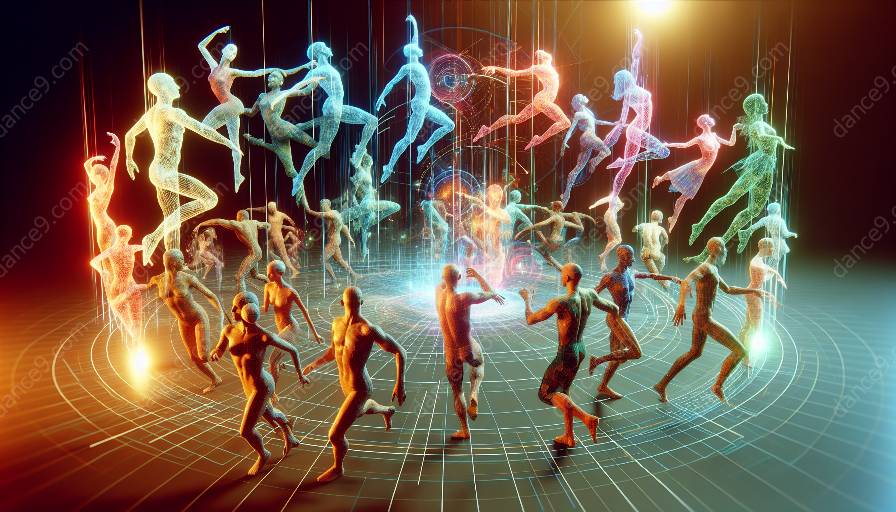Dance education and technology have intersected in a stunning way with the application of holography technology. Holography has introduced a new dimension to dance learning and performance, offering innovative and exciting opportunities for dancers and educators alike.
The Evolution of Holography Technology
Holography, the technique of creating three-dimensional images through the use of laser light, has made significant advancements in recent years. What was once a niche technology has now become more accessible and versatile, opening up a range of possibilities across various industries, including dance education.
Enhancing Dance Learning and Rehearsals
One of the primary applications of holography in dance education is its use in enhancing the learning and rehearsal process. Dancers can now work with holographic representations of themselves or others, allowing for a more in-depth understanding of movement, technique, and choreography. This immersive experience enables dancers to visualize and analyze their movements from all angles, leading to more precise and refined performances.
Additionally, educators can utilize holography technology to create virtual dance instructors, providing students with personalized feedback and guidance. This tailored approach to learning can significantly improve the overall training experience for dancers of all levels.
Interactive Performance Experiences
Another captivating use of holography in dance education is the creation of interactive performance experiences. By integrating holographic projections into live dance performances, choreographers can push the boundaries of creative expression and storytelling. Holographic elements can seamlessly blend with live dancers, adding an extra layer of visual intrigue and artistic appeal to the performance.
Audiences are treated to a visually stimulating and immersive experience, where the boundaries between reality and illusion are blurred. This innovative approach to dance performance not only captivates and entertains, but also challenges conventional notions of what dance can achieve through technology.
Collaborative Possibilities
Furthermore, holography technology offers new collaborative possibilities for dancers, choreographers, and educators. Through the use of holographic telepresence, individuals from different locations can come together virtually, share ideas, and collaboratively create new dance works. This transcends the limitations of physical distance, making it possible for artists to collaborate and innovate in ways that were once unimaginable.
Empowering Creativity and Access
Perhaps one of the most compelling aspects of holography technology in dance education is its ability to empower creativity and access. Dancers from all backgrounds and geographic locations can now access high-quality dance instruction and resources through holographic platforms. This democratization of dance education not only fosters inclusivity but also nurtures a new generation of diverse and talented dancers.
Overall, the application of holography technology in dance education represents a groundbreaking fusion of art and technology. It has the potential to revolutionize the way dance is taught, rehearsed, and performed, offering boundless opportunities for creativity, collaboration, and innovation.

































